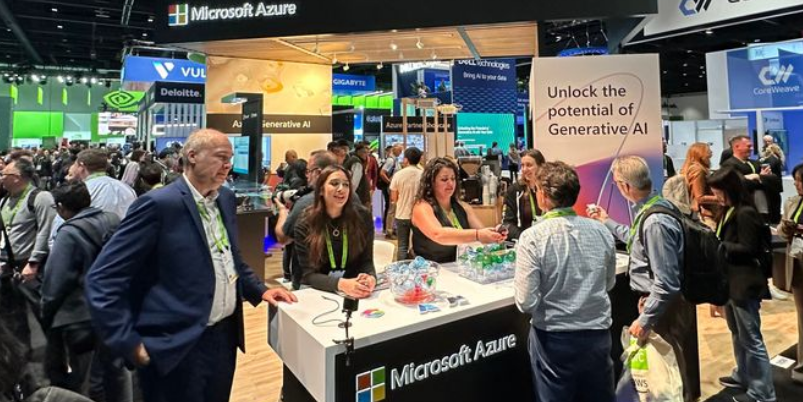[Sponsored Guest Article] If you agree that generative AI signifies a new chapter in IT, then you may also agree there’s a major storm gathering among GPU accelerator chip vendors vying for position in the GenAI market. It’s a competition with the potential to roil not only the microprocessor sector….
AMD MI300 Accelerators Expected to Bring Choice to GPU Market
Revolutionizing Bioscience Research: Creating an Atlas of the Human Body

Making healthcare and life science (HCLS) discoveries is time-consuming and requires considerable amounts of data. HPC enterprise infrastructure with AI and edge to cloud capabilities is required for biomedical research to make creating a human atlas of the body possible. The HPE, NVIDIA….
HPC, AI, ML and Edge Solutions Drive Duos Railcar Inspection System Powered by Dell Technologies and Kalray

Industries such as railways are moving from traditional inspection methods to using AI and ML to perform automated inspection of….
HPC and AI Workloads Drive Storage System Design

Many organizations are tied to outdated storage systems that cannot meet HPC and AI workload needs. Designing high‑throughput, highly scalable HPC storage systems require expert planning and configuration. The Dell Validated Designs for HPC Storage solution offers a way to quickly upgrade antiquated storage….
Improving Product Quality with AI-based Video Analytics: HPE, NVIDIA and Relimetrics Automate Quality Control in European Manufacturing Facility

Manufacturers are using the power of AI and video analytics to enable better quality control and traceability of quality issues, bringing them one step closer to….
Revolutionizing the Electronic Design Industry with Ansys and AWS

The electronics industry operates in a highly competitive landscape, where companies are constantly striving to launch products faster while meeting evolving consumer demands. However, this quest for speed and innovation comes with challenges. Electronics engineers often encounter complex designs, tight schedules….
Lenovo HPC Helps Forecast Potentially Disastrous Weather Events in Saudi Arabia

When people think of weather in Saudi Arabia, they probably think of dust storms before flooding. A team led by Lenovo, WeMET P.C. and the University of Connecticut worked with the Saudi National Center for Meteorology to develop….
PNY Now Offers NVIDIA RTX 6000 Ada Generation for High Performance Computing (HPC) Workloads

The latest generation of graphics processing units (GPUs) from NVIDIA, based on their Ada Lovelace architecture, is optimized for high performance computing (HPC) workloads. The NVIDIA RTX™ 6000 Ada Generation, available from PNY, is designed….
Manufacturing Repatriation: How HPC-Class Technologies from Microsoft Azure and AMD Support Manufacturers’ Reshoring Strategies

Geopolitical change is having tectonic impact on the global manufacturing industry. In the U.S., western Europe and other industrialized countries, there is growing emphasis on “manufacturing repatriation,” or reshoring of factory production….
Azure, AMD and the Power of Cloud-based HPC for Sustainability R&D Projects

Sustainability – both in the way it operates and in its support for the development of sustainable technologies and products – is a theme that permeates the Microsoft Azure public cloud platform and its end-user community. Azure, in combination with advanced and ultra-efficient CPUs from AMD….




